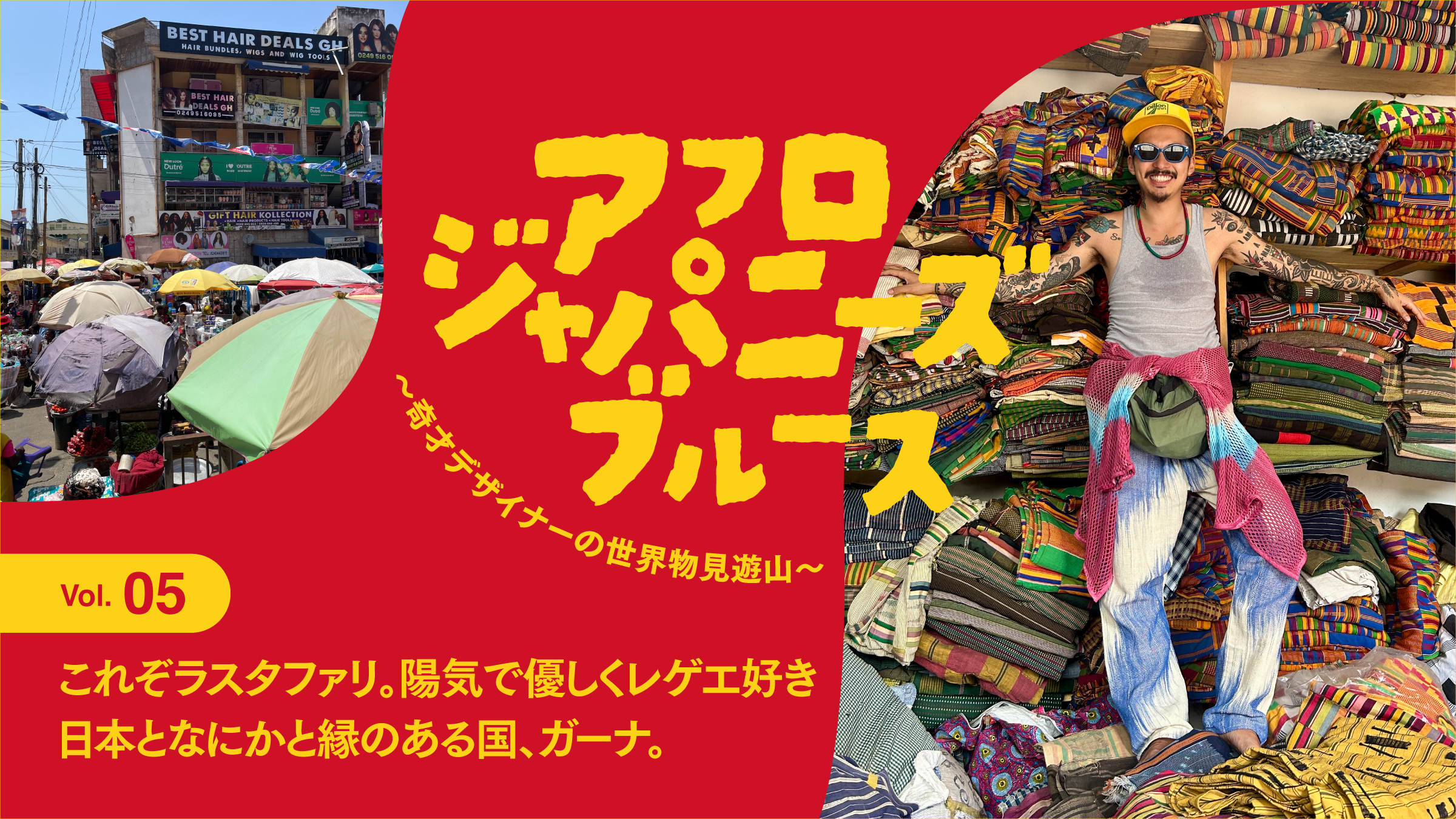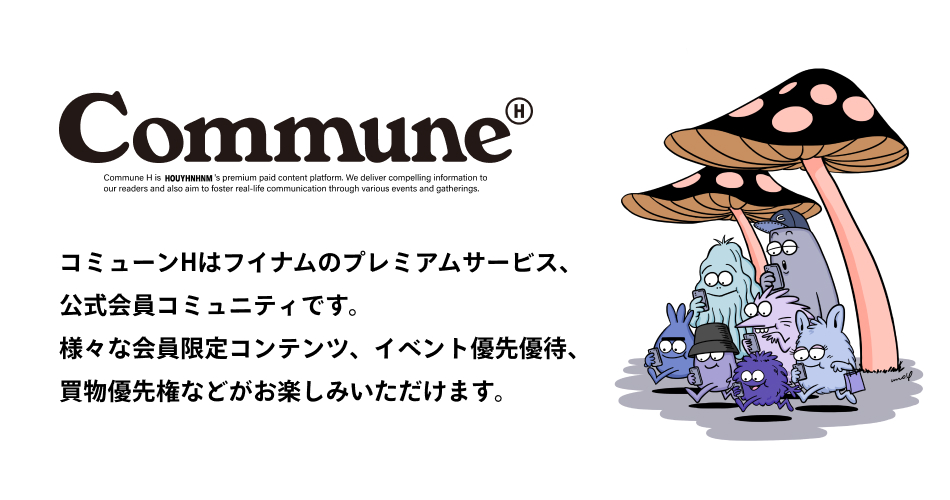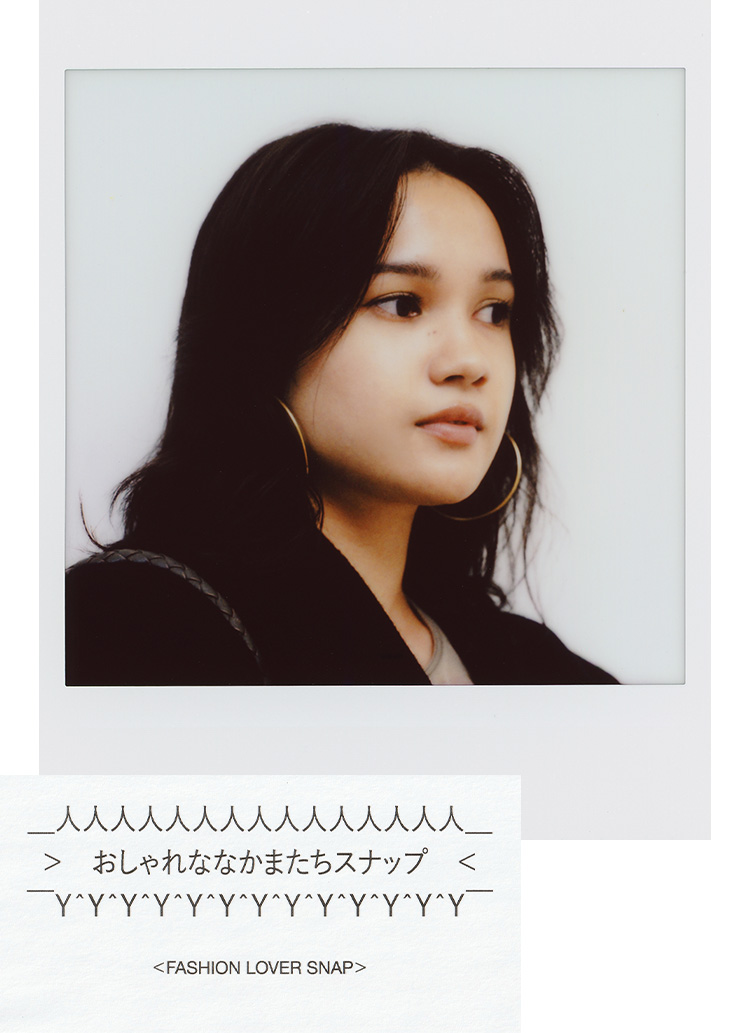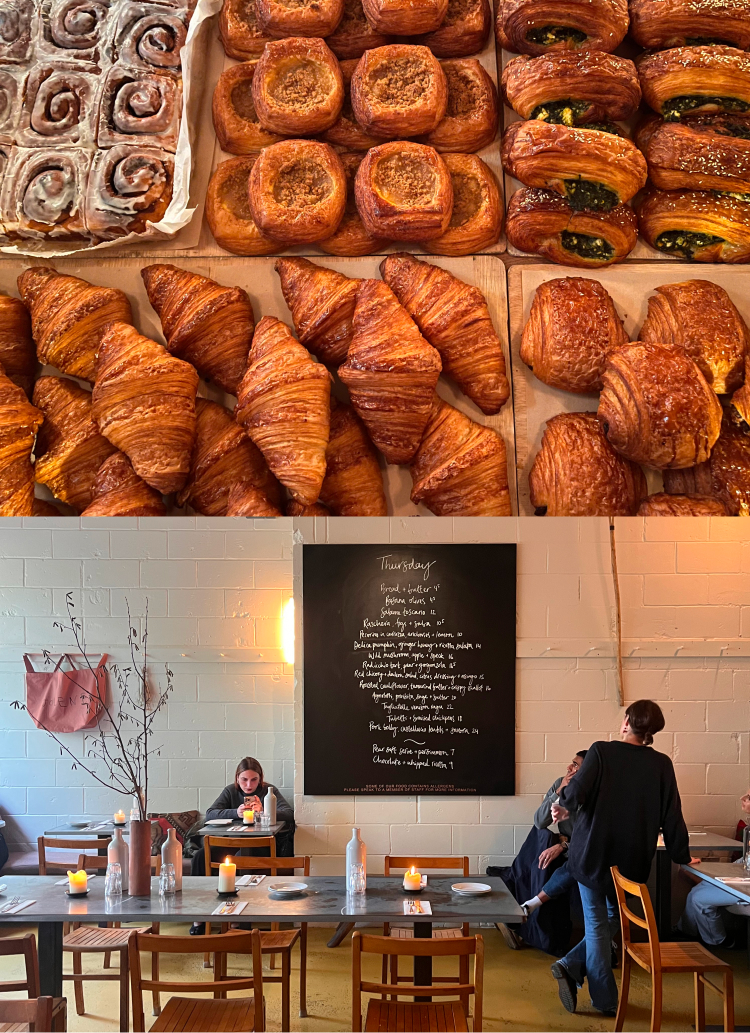Fascinated by black culture and passion forLamrofand an African jewelry label calledAFLOGICAL JEWELRYSDaisuke Sakamoto, aka Shirley, is a fashion designer who pours generously into the "Shirley" brand.
In addition, in recent years, the company has been developing a new label, "Miscellaneous Goods," which focuses on items from the American mid-century period, which it had been operating for some time.EARTHY ANTIQUESHe has also changed the direction of his business to mainly African goods, expressing the black culture he loves from various angles.
The term "Afro-zero" means "of African origin. In this sense, Sakamoto is an "Afro-Japanese" with roots in Africa, even though he is Japanese.
In this series, we introduce the people, things, and things that Mr. Sakamoto has seen while wandering around the world, especially in Africa, through his own filter. We present the realities of black culture as he sees it, how he incorporates it into his products, and the realities of the black culture that has fascinated him, through actual photos and Sakamoto's own voice.
Photo_Sha-Le (Daisuke Sakamoto)
Edit_Naoya Tsuneshige
PROFILE
In 2022, he launched the fashion brand "Ramroff". In 2024, he started an African jewelry label "AFLOGICAL JEWELRYS" and an antique goods label "EARTHY ANTIQUES". EARTHY ANTIQUES label will also be launched in 2024. He is deeply devoted to black culture and struggles daily to bring it to as many people as possible. He is also a soccer fan from the bottom of his heart.
Sha-Le Instagram:@8_shale_8
Lamrof Instagram:@lamrof_official
Aflogical Jewelrys Instagram:@aflogical_jewelrys
EARTHY ANTIQUES Instagram:@earthy_antiques
A treasure trove.
It has been about three weeks since his departure from Japan. Following Senegal and Cote d'Ivoire, Mr. Sakamoto chose Ghana, famous for its cacao, as the last stop on this trip. Thanks in part to Ghanaian chocolate, it would be no exaggeration to say that Ghana is the most familiar African country in Japan.
Mr. Sakamoto was supposed to enter Ghana by land from Cote d'Ivoire, but he suddenly changed to air and headed for Accra International Airport in the capital city. It seems that traveling in Africa does not always go smoothly.
I had trouble getting a VISA in a third country.... It took longer than we had planned, so we had to quickly change from land to air, considering the length of our stay in Ghana."
But, as I said, travel does not always go as planned.
It took me a long time, so I quickly changed to the air route. If you were asked if you could do so in a strange land, you would probably be more anxious.
Perhaps it is his familiarity with travel, but Sakamoto's ability to make rational choices in unfamiliar places without fear is what enabled him to complete this trip to Africa without a moment to catch his breath.
Compared to other African countries, Ghana is very close to the city center from the airport. On the first day, since we arrived at night, we immediately rested at the hotel and took a good rest in preparation for the next day's buying.
The next day, we went to the market in Accra. The first thing we did was the customary search for national team uniforms. I successfully got one of Ghana's 2023 away uniforms, which I had been after, and immediately went to the dealer."
The Ghanaian dealer was mysteriously perceptive. He quickly realized that I was looking for something rare and old, and he took me to a series of warehouses that are usually closed. There I came across hundreds of years old African fabrics. A huge amount of them. It was an amazing place where you couldn't help but feel the history and tradition.
At this point, Sakamoto says his expectations for Ghana were exploding. It seems that there were many other encounters besides African fabrics.
After that, he brought out a lot of special items from behind the scenes, including traditional ethnic costumes, African jewelry made of antique beads, and wooden antiques. The quality of the items was also very high. I thought that they usually do not show them to the public, but keep them hidden for travelers like me who are on a buying trip. As I said when I was in other countries, I am really blessed with this kind of luck or encounter.
Mr. Sakamoto, who had completed an unusually large volume of purchases for the first day, gave us his impressions of Ghana.
Ghanaians are cheerful, kind, and have unusually strong hearts. And anyway, they love music. Especially, Rastafari who love reggae music are more numerous than those in other African countries. No wonder there are so many people who get along with me.
The surprising relationship between Africa and Japan.
Next day. The next day was a day to get a taste of Ghanaian culture. First, Mr. Sakamoto headed to an area dotted with markets for daily necessities, which are the most commonly used by local people, in order to buy more daily necessities.
The area was very hot and crowded, but what struck me more than that was the sheer number of wig stores.
'Well, thinking back, I guess it was the same when I went to Gambia. African women wear wigs casually, as if it were a fashion item. But Ghana has more specialty stores than any other country, and all of them were colorful and rich in design. It was interesting just to look at them.
For many African women, whose hair is difficult to grow, wigs may be more important than we think, and are an adornment for enjoying their individuality. What is surprising is that a Japanese manufacturer boasts a 60% market share of wigs in Africa. That is Kanecaron, produced by the chemical manufacturer Kaneka. Although it is a Japanese company, perhaps more people know about it than the Japanese.
In the meantime, it was almost sunset. Mr. Sakamoto, who said he was a bit intoxicated, made one last visit to an art museum and a gallery.
The museum was very nice to experience the history of the city. It was very good, but personally, the contemporary art was not to my taste. That's why I didn't take many pictures (laughs). Of course, there is the timing of the exhibition, so I can't say for sure.
However, I now have some idea of how Ghanaians interpret art, so I will use this as the basis for a serious buying trip starting tomorrow.
The next day, Mr. Sakamoto went shopping, mainly for African jewelry. We look forward to the next installment of "Afro-Japanese Blues" to find out what kind of encounters awaited him!
Sha-Le:@8_shale_8
Lamrof:@lamrof_official
Aflogical Jewelrys:@aflogical_jewelrys
EARTHY ANTIQUES:@earthy_antiques










